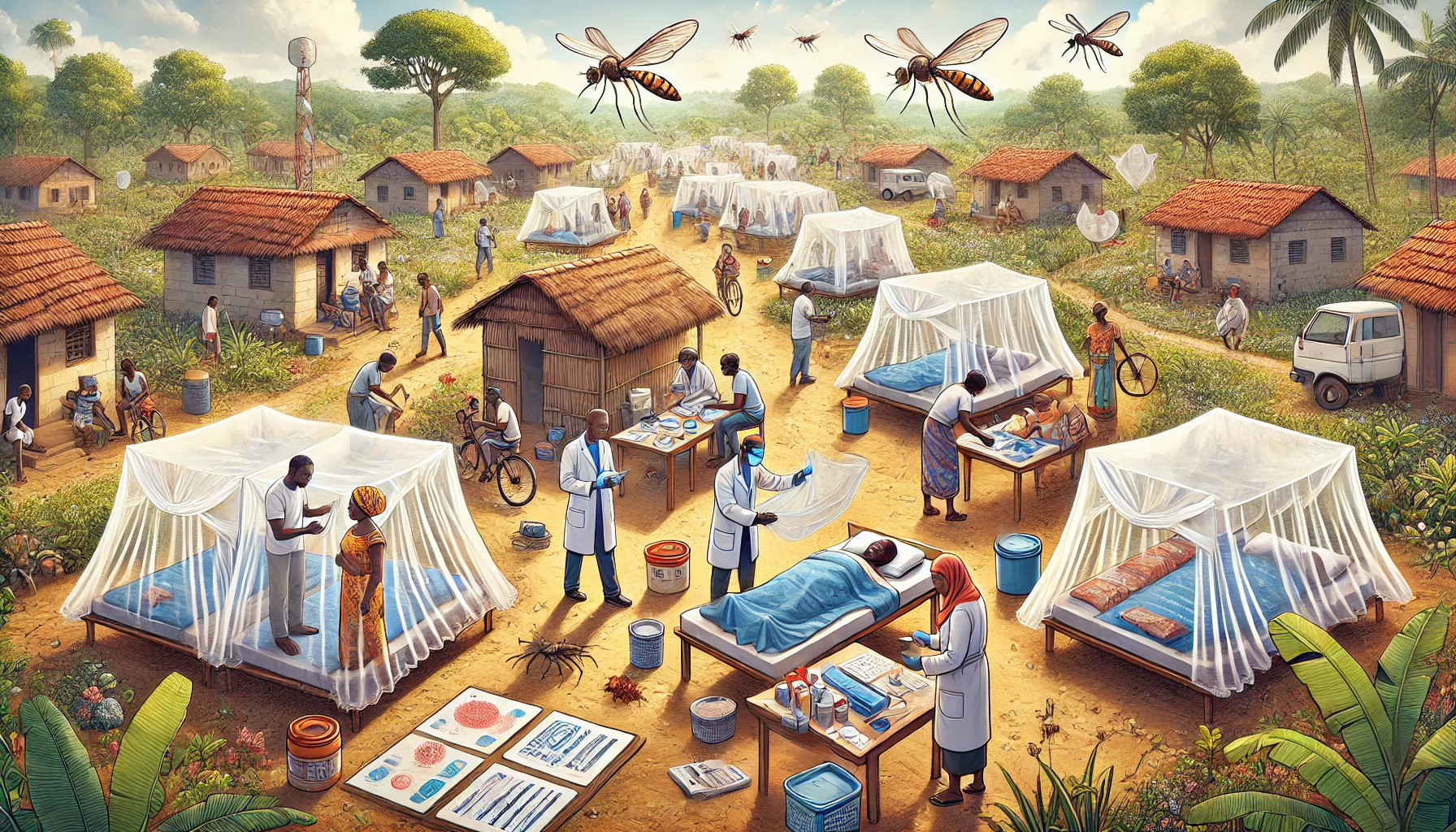Understanding the Global Health Aid Crisis

The recent 83% reduction in USAID funding has triggered a severe global health aid crisis, impacting millions worldwide. This drastic cut jeopardizes essential programs for HIV/AIDS treatment, malaria prevention, and tuberculosis care, leaving vulnerable populations in low- and middle-income countries at risk.
Consequences of the Global Health Aid Crisis
The global health aid crisis is being felt across multiple critical areas:
HIV/AIDS Programs: Funding cuts have forced organizations to scale back on distributing antiretroviral therapy (ART) and life-saving medications, jeopardizing global efforts to achieve UNAIDS’ 95-95-95 targets.

Tuberculosis Prevention: Reduced funding threatens to reverse decades of progress in TB prevention and treatment, exacerbating the global health aid crisis.
Malaria Control Efforts: Cuts to malaria initiatives could lead to a resurgence of cases, particularly in Africa, further complicating the global health aid crisis.

Addressing the Global Health Aid Crisis
To mitigate the global health aid crisis, innovative solutions are necessary:
Public-Private Partnerships: Collaborations between governments, corporations, and non-profits can help fill funding gaps while fostering sustainable solutions.
Philanthropic Contributions: Increased contributions from philanthropic organizations can provide much-needed resources.
Innovative Financing Models: Mechanisms such as social impact bonds and pooled funds can mobilize additional financial support.
Regional Challenges and the Global Health Aid Crisis
Africa is at the epicenter of the global health aid crisis, with many nations relying heavily on international aid to sustain their healthcare systems. The funding cuts have weakened their ability to respond to ongoing outbreaks like mpox and emerging health threats.
Economic Implications and the Global Health Aid Crisis
The funding reductions also carry significant economic consequences for the United States. USAID programs often purchase supplies from American manufacturers, such as medical equipment and agricultural products. The loss of these contracts impacts U.S. farmers and businesses, highlighting the interconnected nature of global health aid and economic stability.

International Response to the Global Health Aid Crisis
Global organizations are stepping up to address the crisis:
The World Health Organization (WHO) has launched campaigns urging donor nations to restore funding levels.
UNAIDS continues its advocacy efforts to highlight the importance of sustained investments in HIV/AIDS programs.
NGOs are intensifying grassroots efforts to maintain healthcare delivery in affected regions despite limited resources.
Call to Action and Resources
To learn more about how you can support efforts to combat the global health aid crisis, visit trusted resources like UNAID or WHO.
Additional Resources:
Global Health Funding Solutions: Explore more on how public-private partnerships and innovative financing models can address funding gaps in global health.
WHO Reports: Visit the WHO website for detailed reports on the impact of funding cuts on global health programs.
Conclusion
The global health aid crisis demands immediate attention and collective action. By supporting global health initiatives and advocating for sustained funding, we can work toward mitigating this crisis and ensuring that global health remains a priority for years to come.
No responses yet